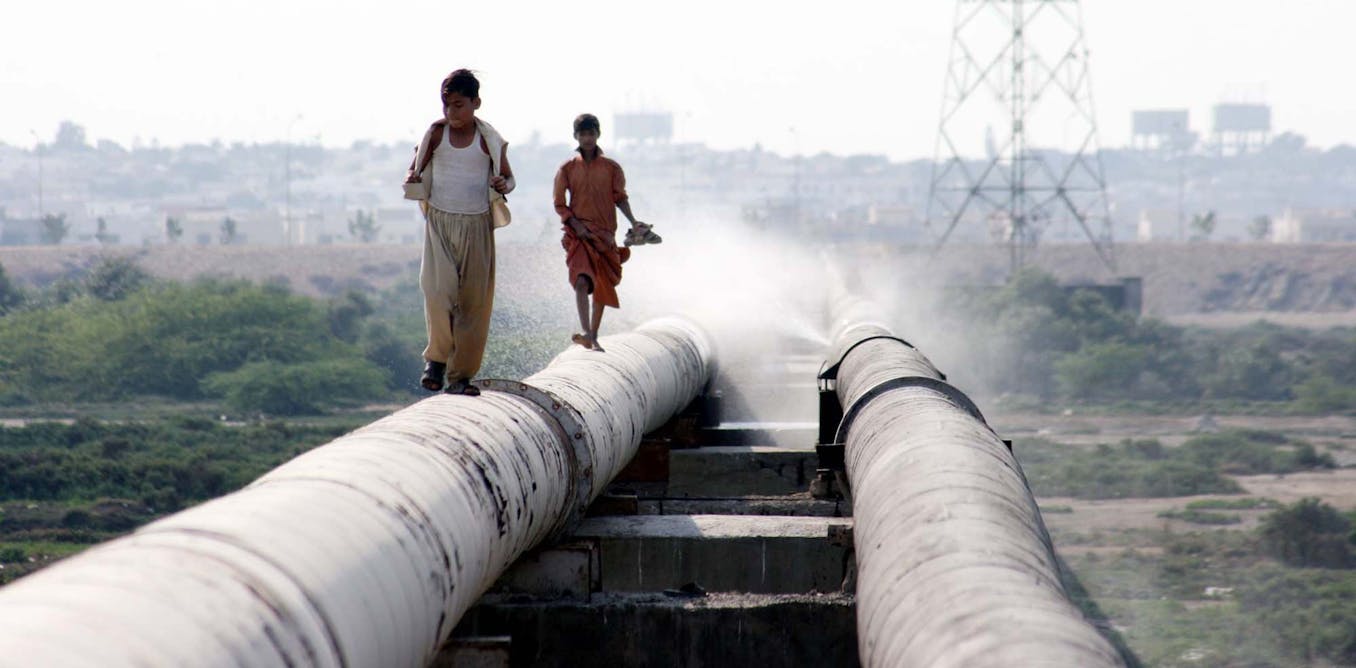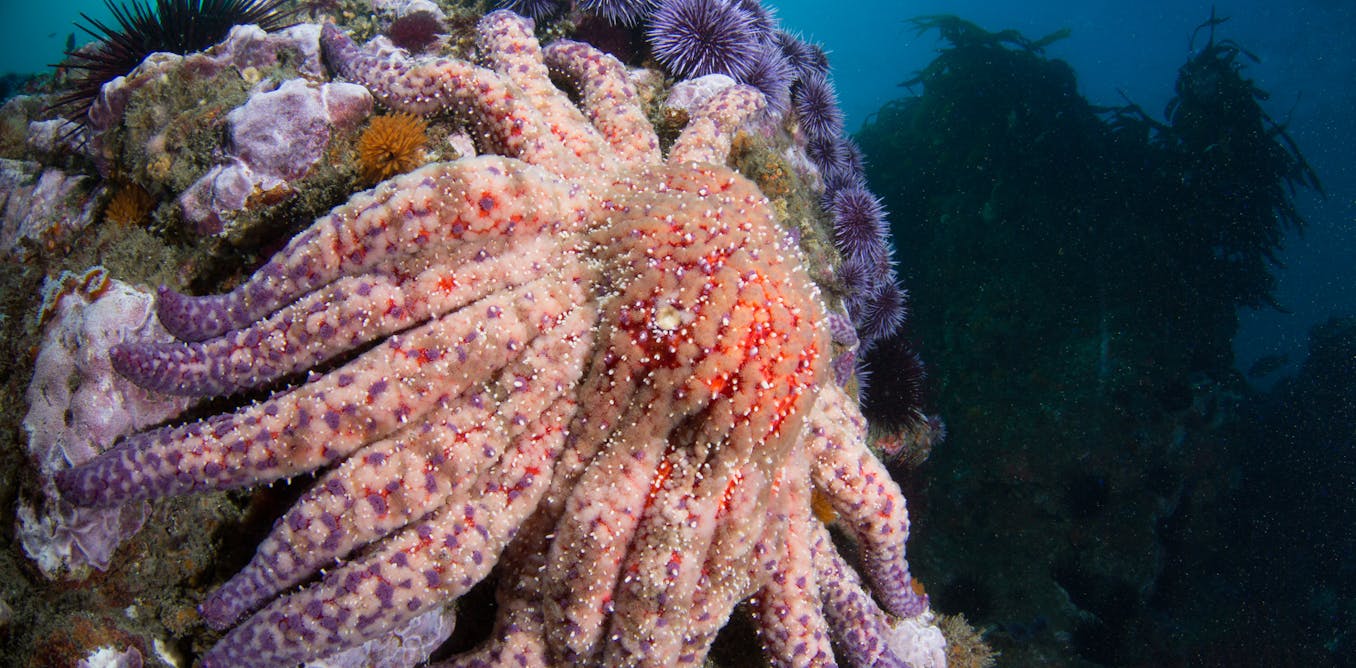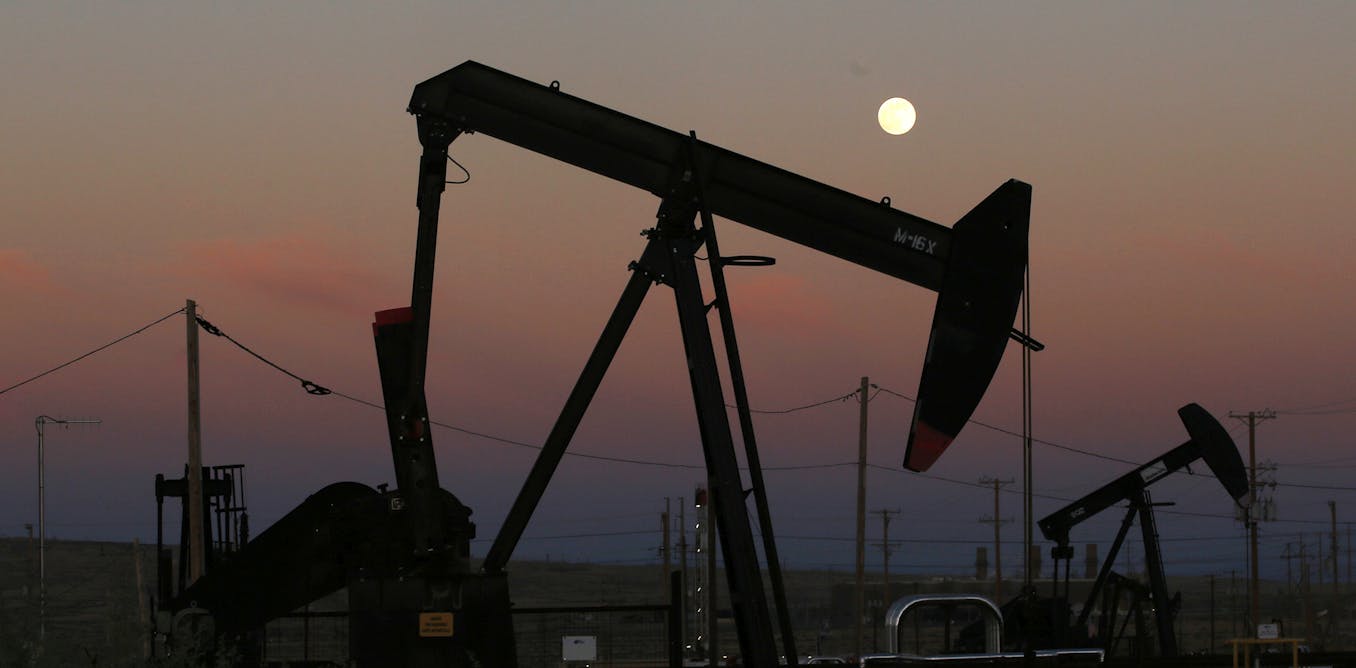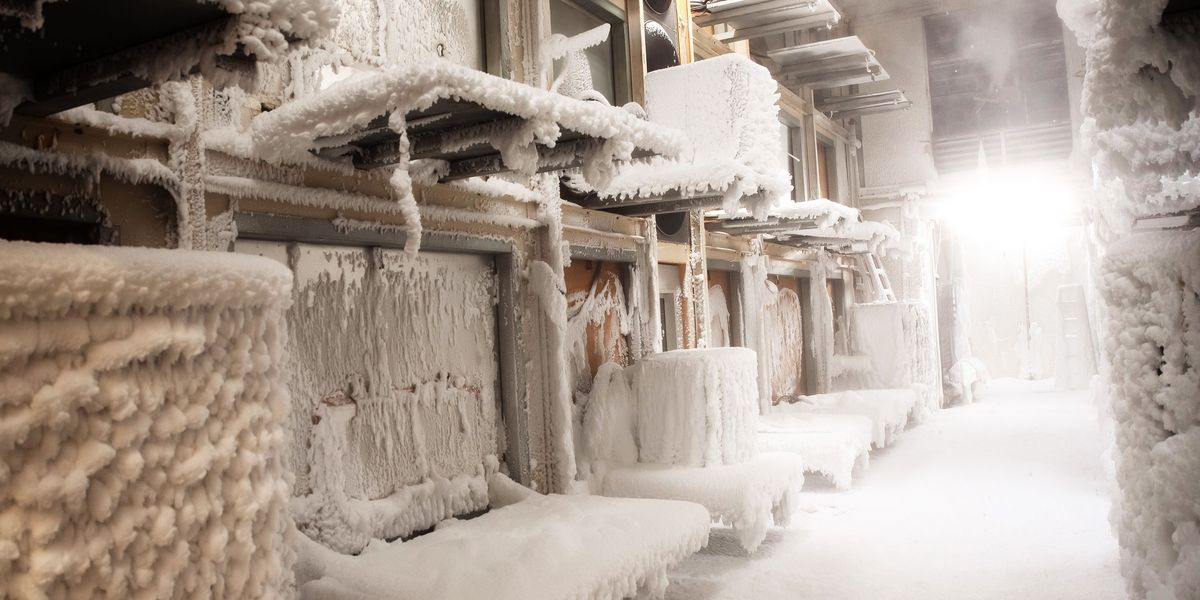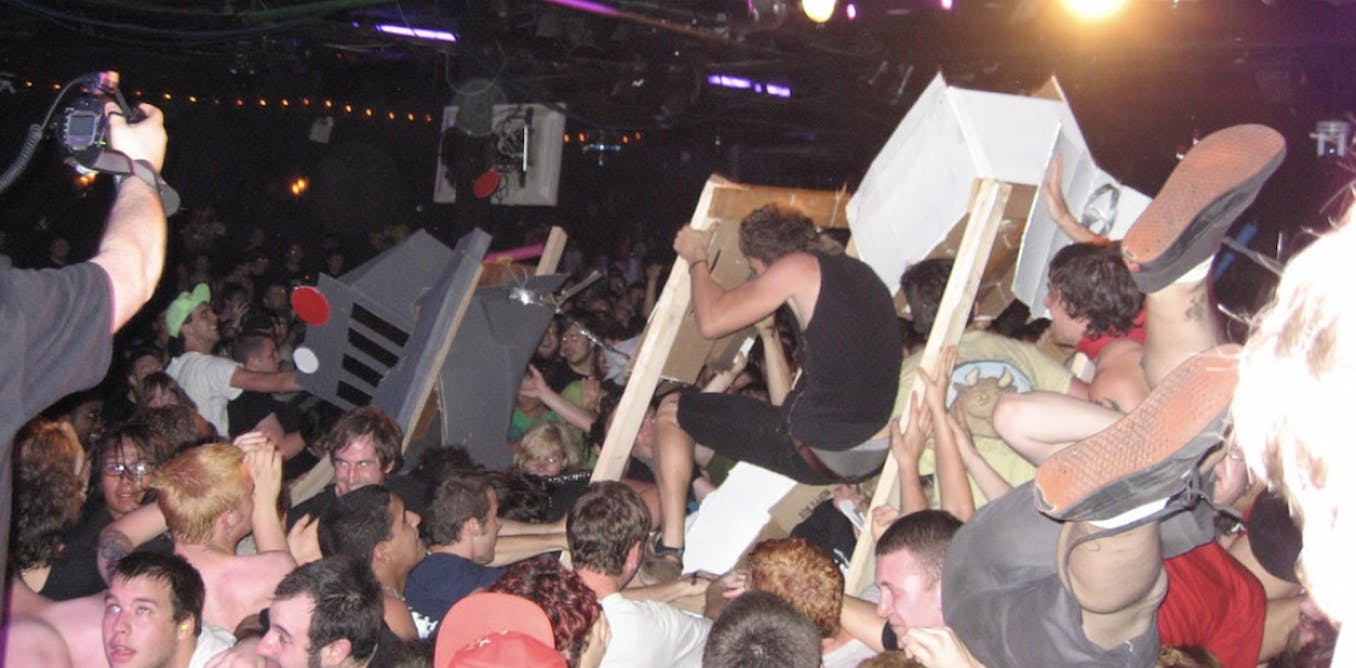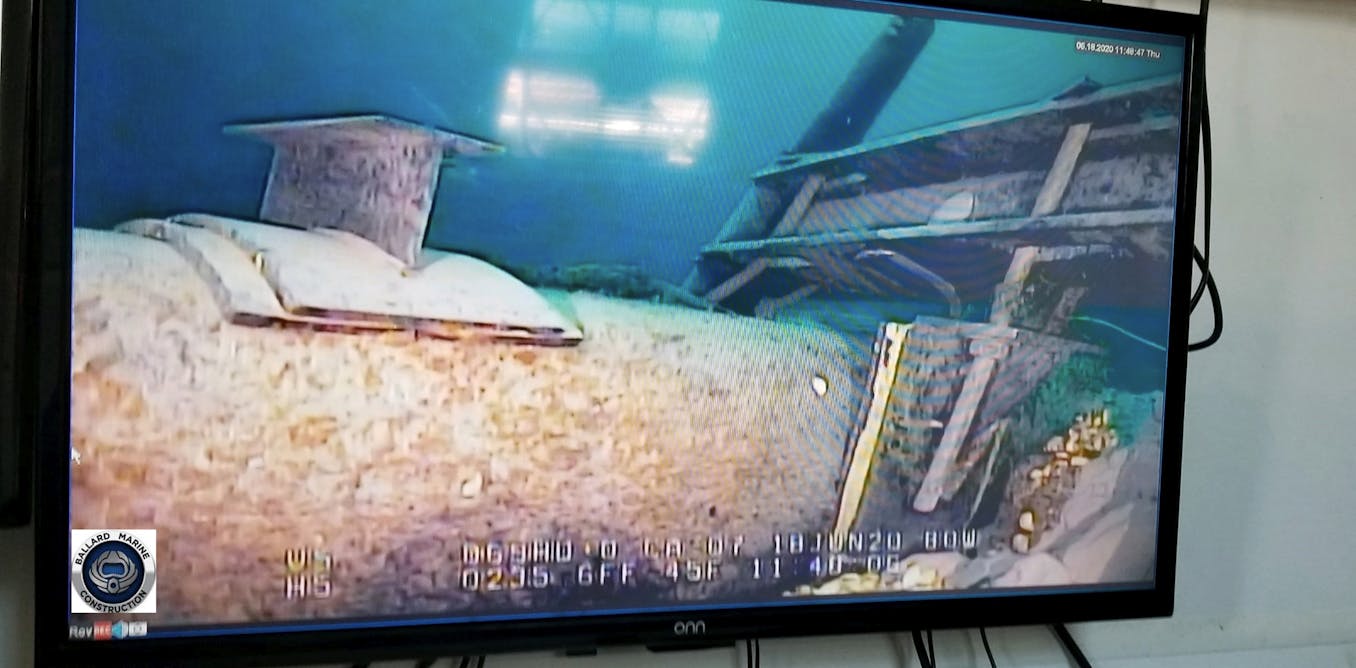Twenty homes scattered across Canada and the northern United States are keeping warm this winter using prototypes of the latest iteration in residential heating systems: cold climate heat pumps.
Heat pumps aren’t common in homes at this latitude, because historically they haven’t worked well in subzero temperatures. But heat pump manufacturers say they now have the technology to heat homes just as efficiently in bitter cold as they do in milder winter temperatures.
To prove it, eight manufacturers are publicly testing their prototypes in the Cold-Climate Heat Pump Technology Challenge, hosted by the U.S. Department of Energy (DOE) in partnership with Natural Resources Canada. The companies’ task is to demonstrate a high-efficiency, residential, air-source heat pump that can perform at 100 percent capacity at -15 °C. Companies can choose to further test their machines down to -26 °C.
Heat pump manufacturers Bosch, Carrier, Daikin, Johnson Controls, Lennox, Midea, Rheem, and Trane Technologies have each passed the laboratory phase of the challenge, according to the DOE. They are now field testing their prototypes in homes in ten northern U.S. states and two Canadian provinces, where furnaces and boilers burning fossil gas, fuel oil or propane are more commonly used.
Companies that complete the challenge won’t receive a cash prize. But the DOE will help them expand into cold climate markets by engaging with stakeholders in those regions, a DOE spokesperson told IEEE Spectrum. The challenge will conclude later this year, and prototypes will likely be ready for commercialization in 2025.
How heat pumps beat the cold
Advances in the technology came primarily through improvements in one key heat pump component: the compressor. Heat pumps work by moving and compressing fluids. In the winter, the systems draw heat from outside the home, most commonly from the air. (There is heat in the air even in subzero temperatures.) An outdoor heat exchanger, or coil, absorbs the heat into the heat pump system.
The outdoor air passes over a heat exchanger containing a fluid, or refrigerant, that has a very low boiling point. A common refrigerant, called R410a, boils at -48.5 °C. The refrigerant boils and evaporates into a vapor, and a compressor increases its temperature and pressure. The superheated vapor then moves through an indoor coil, where fans blow air across it, moving heat into the home. In the summer, the system reverses, moving heat from inside the building to the outside, and cooling the home.
“They couldn’t get the lab any colder than [-30 °C], so we had to cut the power to get the heat pump to turn off.” —Katie Davis, Trane Technologies
The colder the temperature outside, the harder heat pumps must work to extract and move enough heat to maintain the home’s temperature. At about 4 °C, most air-source heat pumps currently on the market start operating at less than their full capacity, and at some point (usually around -15 °C), they…
Read full article: Heat Pumps Take on Cold Climates

The post “Heat Pumps Take on Cold Climates” by Emily Waltz was published on 02/26/2024 by spectrum.ieee.org










